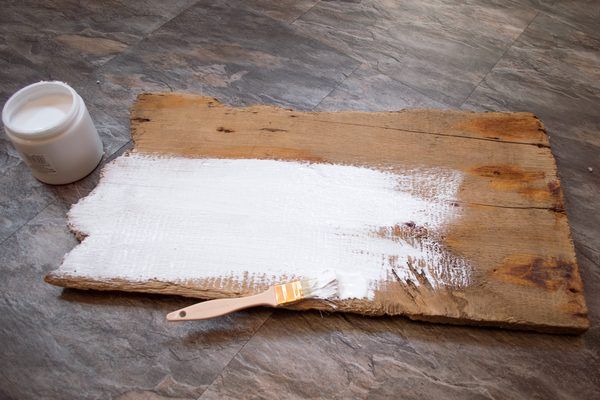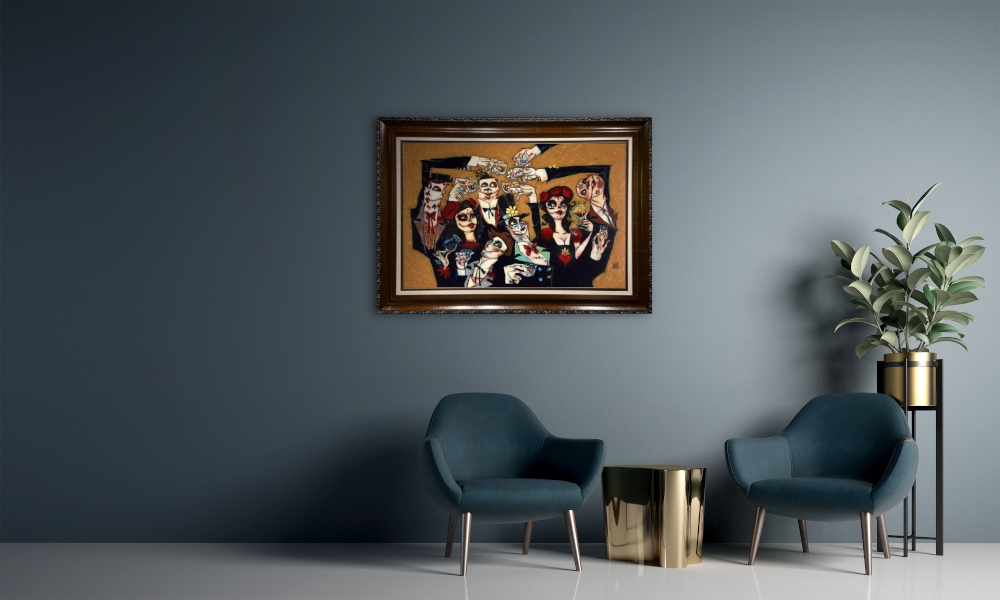Reviving old furniture pieces through painting is an excellent way to transform your home decor without spending a fortune. Whether you’re looking to breathe new life into a family heirloom or a thrift store find, painting furniture can be a fun and rewarding DIY project. However, it’s essential to have a plan and follow some essential tips to achieve a professional-looking finish.
1. Choose the Right Paint
Choosing the right paint is crucial to achieving a professional-looking finish. When selecting paint, consider the type of furniture you’re painting and the look you’re trying to achieve. For example, if you’re painting a wooden piece of furniture, you may want to use a paint specifically designed for wood. You can also choose between matte, glossy, or satin finishes, depending on your preference.
2. Prepare the Surface
Before you begin painting, it’s essential to prepare the surface properly. This includes sanding and cleaning the furniture piece to remove any dirt or debris. Sanding also helps to create a smooth surface for the paint to adhere to. Be sure to use a fine-grit sandpaper and sand in the direction of the wood grain.
3. Use a Primer
Using a primer is essential to achieving a professional-looking finish. A primer helps to seal the surface and create a smooth base for the paint to adhere to. It also helps to prevent any stains or knots in the wood from bleeding through the paint. Be sure to choose a primer that’s compatible with the type of paint you’re using.
4. Apply the Paint

When applying the paint, it’s essential to use a high-quality brush or roller. Be sure to apply thin, even coats, and allow each coat to dry completely before applying the next. It’s better to apply several thin coats than one thick coat, as thick coats can lead to drips and an uneven finish. Also, be sure to paint in the direction of the wood grain.
5. Finish with a Protective Coat
Once the paint has dried completely, it’s essential to apply a protective coat to the surface. This helps to protect the surface from scratches and stains and gives the furniture piece a professional-looking finish. You can choose between a clear wax or a polyurethane finish, depending on the look you’re trying to achieve.
- Clear Wax: A clear wax finish gives furniture a natural, matte look. It’s easy to apply and can be buffed to create a soft sheen.
- Polyurethane: A polyurethane finish gives furniture a glossy look. It’s durable and easy to clean but can be more challenging to apply than wax.
Painting furniture can be a fun and rewarding DIY project that can transform your home decor. By choosing the right paint, preparing the surface properly, using a primer, applying the paint correctly, and finishing with a protective coat, you can achieve a professional-looking finish. With these tips, you’ll be able to revive old furniture pieces and create a unique and stylish home decor.

